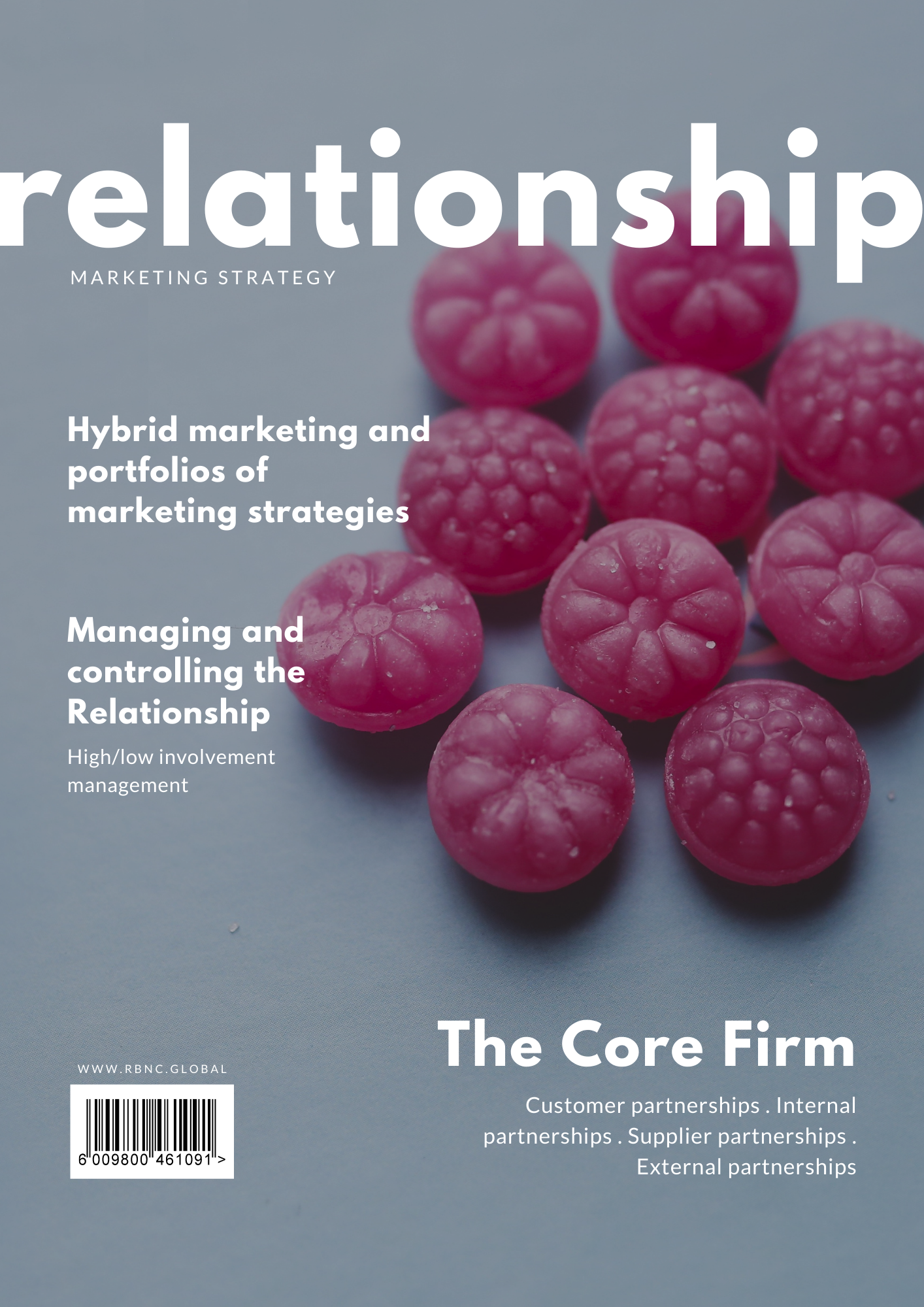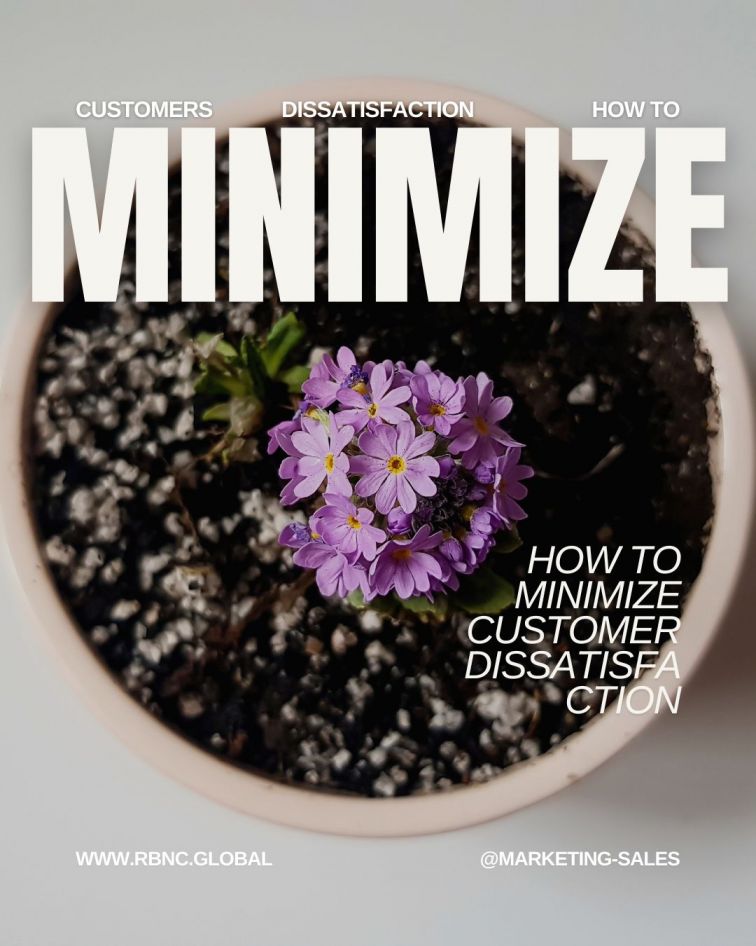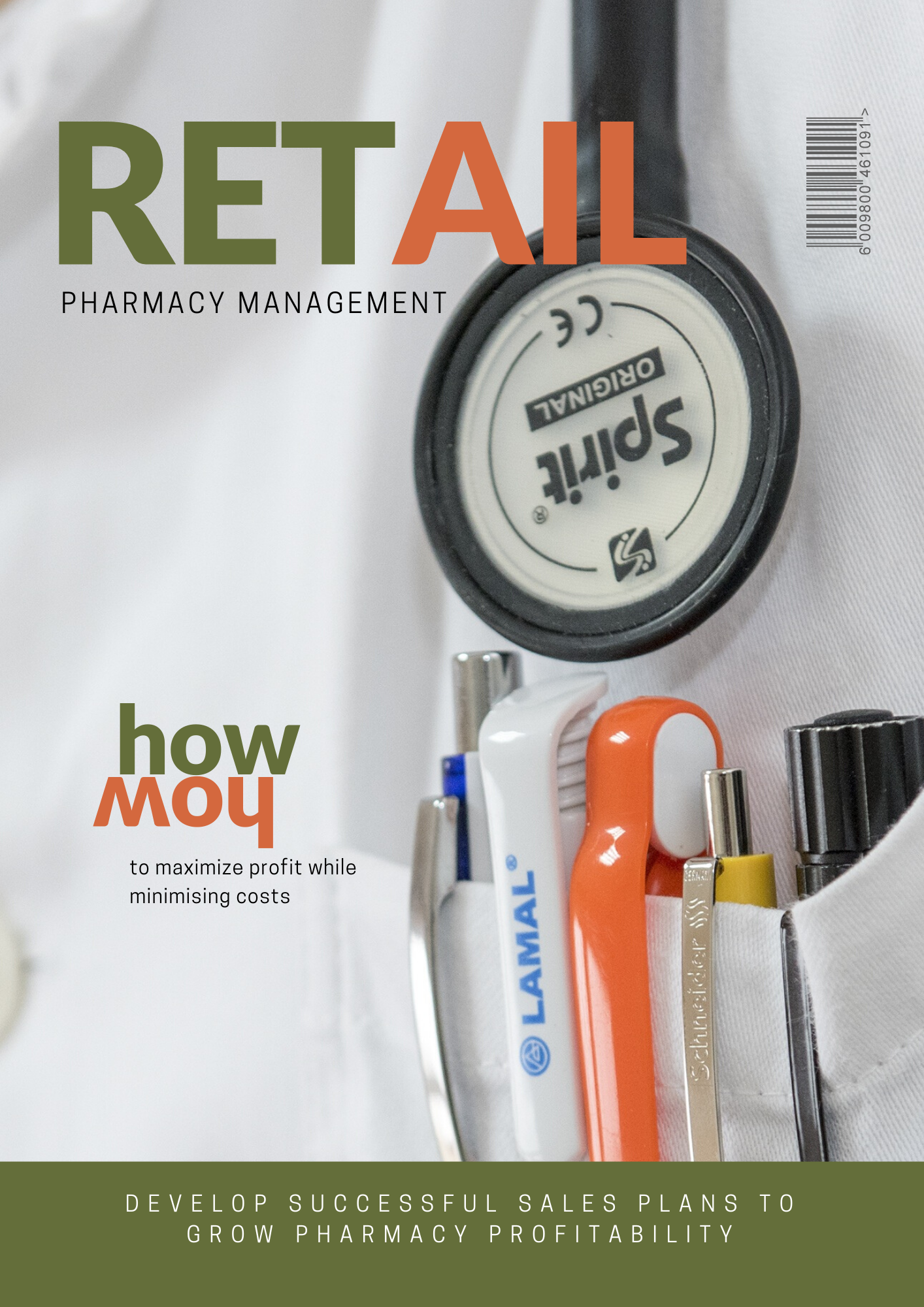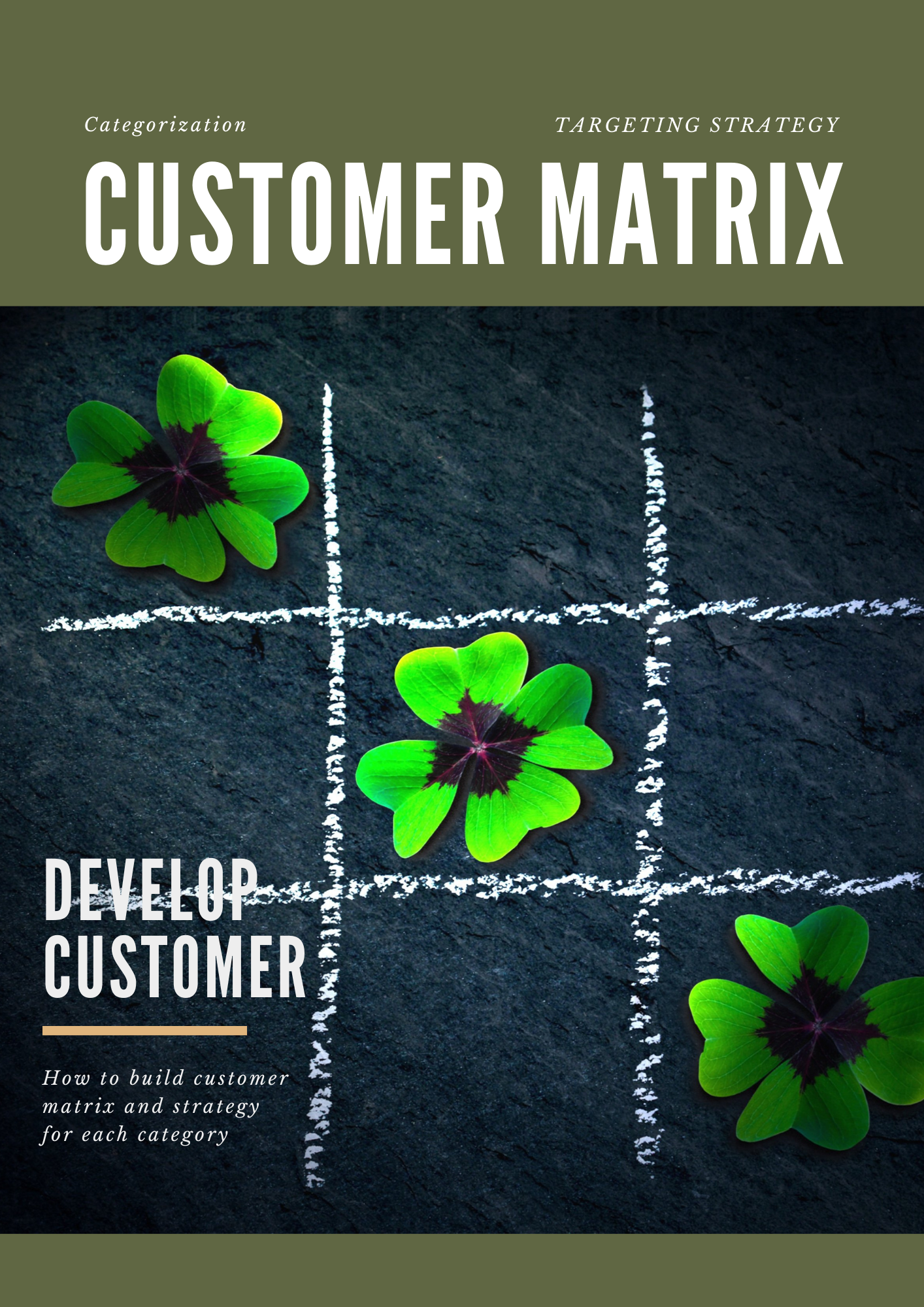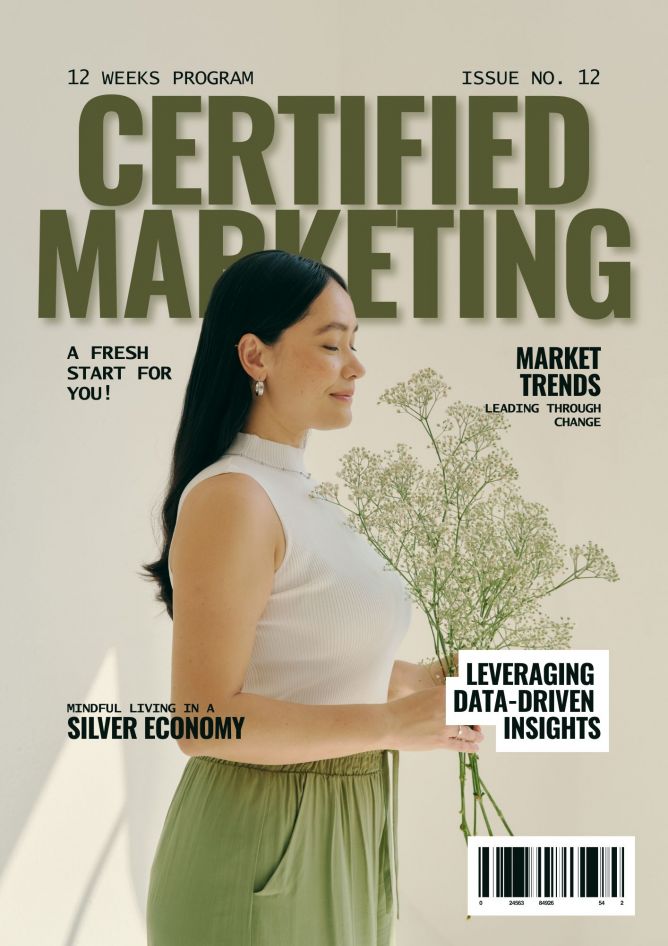Developing & Executing Relationships Marketing Strategy
Introduction
Tired of chasing new customers? In this course, we'll explore relationship marketing, a game-changer that flips the script on traditional marketing. It's not about one-time transactions anymore. It's about building strong, lasting connections with your existing customers. Learn how to shift your focus from acquisition to retention, turning satisfied customers into loyal brand advocates.
This course will equip executives with the strategic framework and practical tools necessary to shift their organization's focus from transactional customer acquisition to long-term, profitable customer retention and advocacy.
How you will benefit
- Understand relationship marketing, its goal, and the benefits of long term relationships for firms and customers
- Understand why and how to estimate customer relationship value
- Understand the concept of customer profitability segments as a strategy for focusing relationship marketing efforts
- Present relationship development strategies - including quality core service, switching barriers, and relationship bonds
- Indentify challenges in relationship development
Who should attend
RBNC designed the course for decision-makers and leading executives across functional areas including senior vice presidents, vice presidents, directors of operations, strategic planning professionals, directors of sales, marketing and customer service and all others involved in developing the total customer experience
What you will cover
The New Marketing Landscape:
- The Current State of Marketing: Understanding the limitations of traditional, purely transactional marketing. Antecedents to
- Relationship Marketing (RM): The evolution of marketing thought from the 4 Ps to the rise of customer experience (CX).
- Defining and Contextualizing RM: The core goal (retention, advocacy, lifetime value) and its difference from loyalty programs.
- Hybrid Marketing: Integrating RM within the broader portfolio of marketing strategies (e.g., integrating RM with Digital Marketing and Content Strategy).
Customer Relationship Value (CRV) & Profitability
- The "Why" and "How" of CRV: Understanding the financial benefits of long-term relationships for both the firm and the customer.
- Estimating Customer Lifetime Value (CLV/CRV): Simple historic models vs. predictive CLV methodologies.
- Customer Profitability Segmentation: Using segmentation (e.g., Pareto's 80/20 rule) to identify high-value/high-profit customers.
- Workshop: CLV Calculation Case Study & Segmentation Exercise.
The Psychological Drivers of a Relationship
- The Trust-Commitment Model: Analyzing how trust is built and how it leads to customer commitment.
- In-Depth Relationship Drivers: Deep dives into Trust (reliability, integrity), Commitment (affective and continuance), and Closeness. The role of Customer Satisfaction is a necessary foundation, but not a sufficient condition, for true loyalty. Impact of Risk, Salience, and Emotion on Customer Devotion.
Mapping the Relationship Ecosystem
- Customer Partnerships: Moving from simply delivering service to facilitating customer co-creation of value (e.g., product feedback, community engagement).
- Internal Partnerships: The necessity of internal marketing and cross-functional alignment (Sales, Service, Product Development) to deliver a seamless customer experience.
- External Partnerships: Leveraging Supplier and External partnerships (distributors, channel partners, affiliates) to enhance the core customer offering.
Designing Bonds and Switching Barriers
- Relationship Development Strategies: Designing deliberate structures to encourage loyalty. Types of Relationship Bonds: Examining Financial (e.g., tiered rewards), Social (e.g., personal relationships), Customization (e.g., personalized service), and Structural Bonds (e.g., integrated technology).
- Ethical Switching Barriers: Understanding and ethically deploying Procedural, Financial, and Relational barriers to competitive switching.
- Identifying Challenges: Dealing with customer "bad behaviour," managing relationship termination, and effective service recovery.
Executing the RM Marketing Plan
- Relationship Management Strategies: Differentiating between High-Involvement Management (complex, personalized B2B/key account) and Low-Involvement Management (automated, large-scale B2C).
- Integration into the Marketing Plan: Structuring RM objectives, strategies, and tactics into the organization's annual operating plan.
- Managing Personal Information and Data Ethics: Legal compliance (e.g., GDPR, CCPA) and best practices for building data trust with customers.
Measurement, Critique, and Future
- Metrics and Control: Establishing Key Performance Indicators (KPIs) for Relationship Marketing: Retention Rate, Churn Rate, Net Promoter Score (NPS), Customer Effort Score (CES), and Share of Wallet.
- Criticism of RM: When RM strategies are inappropriate, lead to over-personalization, or result in excessive cost.
- Action Planning & Wrap-up: Participants develop a 90-Day Relationship Strategy Action Plan for their organization, incorporating key takeaways.
Schedule
